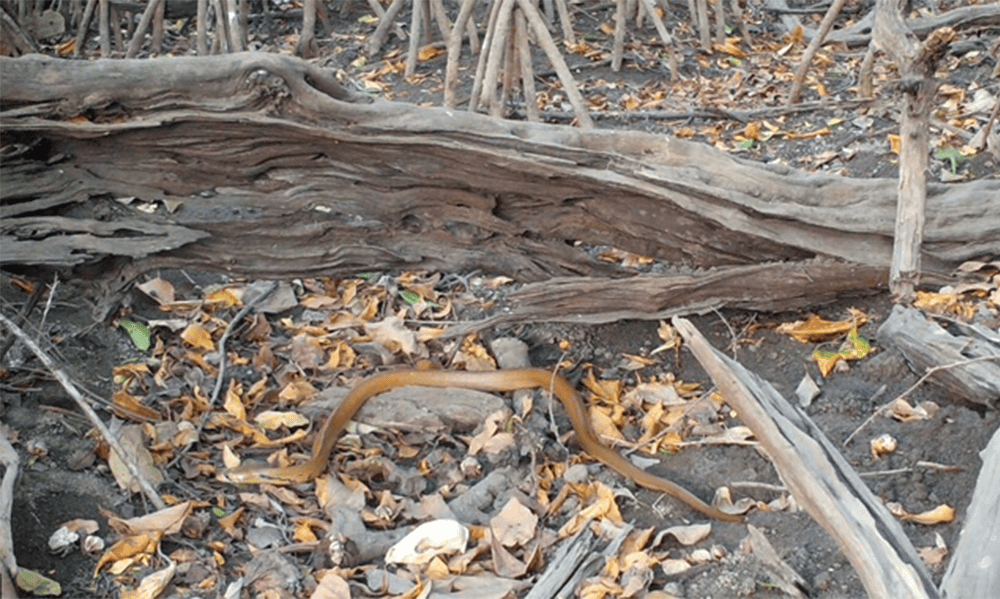Costa Rica’s massive biodiversity certainly extends to snakes. There are 141 species slithering, swimming, and burrowing through the country’s varied habitats. Considering the fact that all of these species are piled into a fairly tiny country, recording snake videos on my camera traps should be a common occurrence.
Unfortunately for me and my fellow snake lovers, this is not the case. Of the tens of thousands of wildlife videos that I’ve recorded over the last several years, less than 50 have featured these scaley legless wonders. So, what gives?
My camera traps rely on a passive infrared detector to tell them when to begin recording videos. This sensor is triggered by two things: motion and variance in temperature. When the sensor detects movement in the area in front of the camera it begins recording. It is easier for the camera to detect larger animals than smaller animals.
So, when a giant animal, like a tapir, passes by you’d better believe the camera is recording it. When a small snake makes its way in front of the camera, there’s a good chance it will miss it. I also suspect that the slow, deliberate nature of most snakes’ locomotion doesn’t help. As for the variance in temperature, generally snakes are going to be approximately the same temperature as their environment, so that doesn’t help much.
Despite these obstacles, every once in a while, I will come across a snake video while reviewing an SD card plucked from a camera hidden in the wilderness. Sometimes it’s due to how the camera is placed. If I have it focused tightly on a nearby location, like a puddle of water, a snake’s movement (usually a large snake) is enough to trigger the camera.
The other three reasons the camera records a snake are:
- Some bigger animal triggers the camera with its movement and the snake just happens to be there
- The snake is eating something, causing a sufficient ruckus to trigger the camera
- Some larger animal is eating the snake
I record indigo snakes (sabanera real – en Español) every now and then in Guanacaste. They’re often big enough to trigger the camera themselves. I’ve recorded a black threadsnake (culebra hilo de bosque seco) twice.
Both times being eaten. Once by a pacific screech owl and once by a great kiskadee. I recorded a green-headed racer (corredora cabeza verde) taking a drink from a puddle, a neotropical ratsnake (ratonera) eating some frogs, a tiger ratsnake (mica) touching noses with a coati, and a Central American rattlesnake (cascabel) being dragged away by an ocelot.
Sometimes I can’t tell which species of snake is starring in the show. I have recorded an unknown snake nearly biting a raccoon, some very long snake duking it out with an opossum, and an unknown, very skinny, snake getting absolutely thrashed and eaten by another opossum.
Snake videos are so few and far between that it’s always a fun surprise to get one. Just imagine the little hoot of joy I let out when I came across the clips in the video below.
About the Author
Vincent Losasso, founder of Guanacaste Wildlife Monitoring, is a biologist who works with camera traps throughout Costa Rica. Learn more about his projects on facebook or instagram. You can also email him at: vincent@guanacastewildlifemonitoring.com

